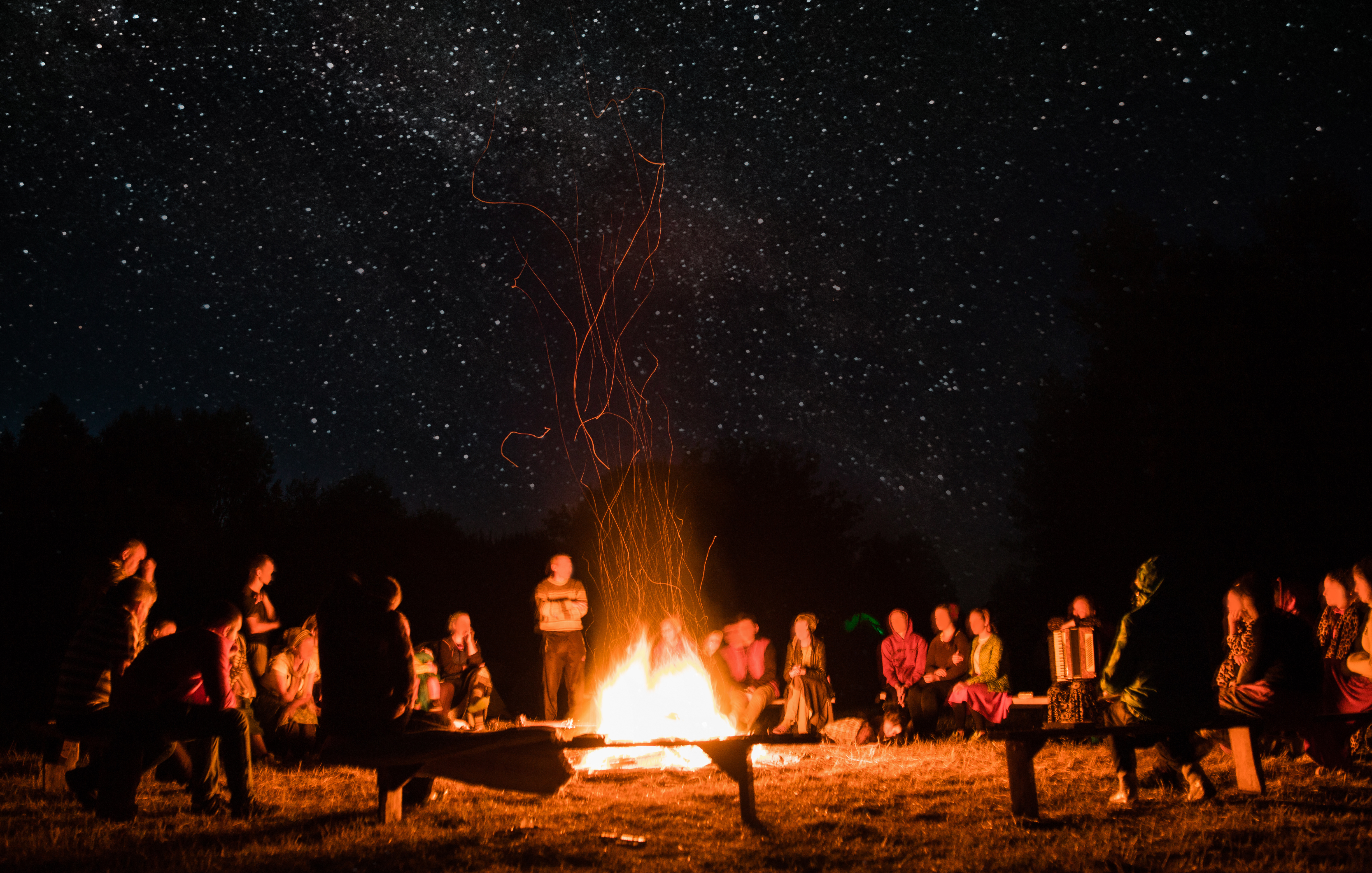Exploring Fire and Chemical Reactions
Introductions
A campfire is more than just a way to stay warm—it’s a chemical reaction! In this activity, Scouts will explore combustion, flame colours, and fire safety through two hands-on experiments:
- Colourful Flames – Adding safe household chemicals to a fire to create different colours
- DIY Fire Extinguisher – Understanding the fire triangle and using chemical reactions to put out a flame
This is a great way to learn about fire science, oxidation, and how elements react to heat.
What you'll need
-
For Colourful Flames:
- A campfire, cast-iron stove, ceramic bowl with methylated spirits, or a tea candle
- Heat-proof gloves
- Fire blanket and fire extinguisher
- Metal teaspoons (one per chemical)
- Small spray bottles (optional, for liquid application)
- Household chemicals (use one per test):
- Sodium chloride (table salt) – Orange flame
- Potassium chloride (salt substitute) – Purple flame
- Copper sulfate (fertiliser) – Blue flame
- Magnesium sulfate (Epsom salts) – White flame
- Borax (sodium tetraborate) – Green flame (use with safety precautions)
- Flour or sugar – Creates quick flares or sparks
For DIY Fire Extinguisher:
- Baking soda (sodium bicarbonate)
- Vinegar
- Tealight candles
- Large glass or jar
- Aluminium foil (to protect surfaces)
Before you begin
-
Discuss with the Unit:
- What is combustion?
- What is the fire triangle (fuel, oxygen, heat)?
- How can different elements change the colour of flames?
- Why do we need fire safety precautions?
-
Safety Precautions:
- Always have a fire extinguisher, fire blanket, and water nearby
- Wear heat-proof gloves and cotton clothing (avoid synthetic materials)
- Never cook on a fire after adding chemicals
- Ensure the experiment is done in a well-ventilated area (preferably outdoors)

Activities
Experiment 1: Colourful Flames
- Set up the fire (campfire, stove, or ceramic bowl with methylated spirits)
- Add chemicals carefully:
- Sprinkle a teaspoon of a chosen chemical into the flames
- Observe the colour change
- Try different chemicals one at a time
- Alternative methods:
- Spray bottle method – Mix a concentrated solution of the chemical in water, then spray into the flame
- Soaked wood method – Soak sticks in chemical solutions, dry them, and then burn them

Experiment 2: DIY Fire Extinguisher
-
- Light a small tealight candle
- Mix baking soda and vinegar in a large jar – this creates carbon dioxide gas
- Pour the gas (not the liquid) over the flame and watch it go out
- Try using an empty jar to compare – what happens?
Change the challenge level
Easier:
- Use pre-mixed fire colourants instead of measuring chemicals
- Focus on observing the flame colours rather than mixing solutions
Harder:
- Research how different metals and compounds create specific flame colours
- Try different fire extinguishing methods (e.g., smothering, removing heat)
- Experiment with changing the size or temperature of the fire – how does it affect results?
Reflection
- What colour flames did you see? Did they match expectations?
- How do different elements produce different flame colours?
- Why does the fire extinguisher work? What does carbon dioxide do to the flame?
- How does this relate to real-world fire safety and firefighting techniques?
- How can you use fire responsibly when camping?


